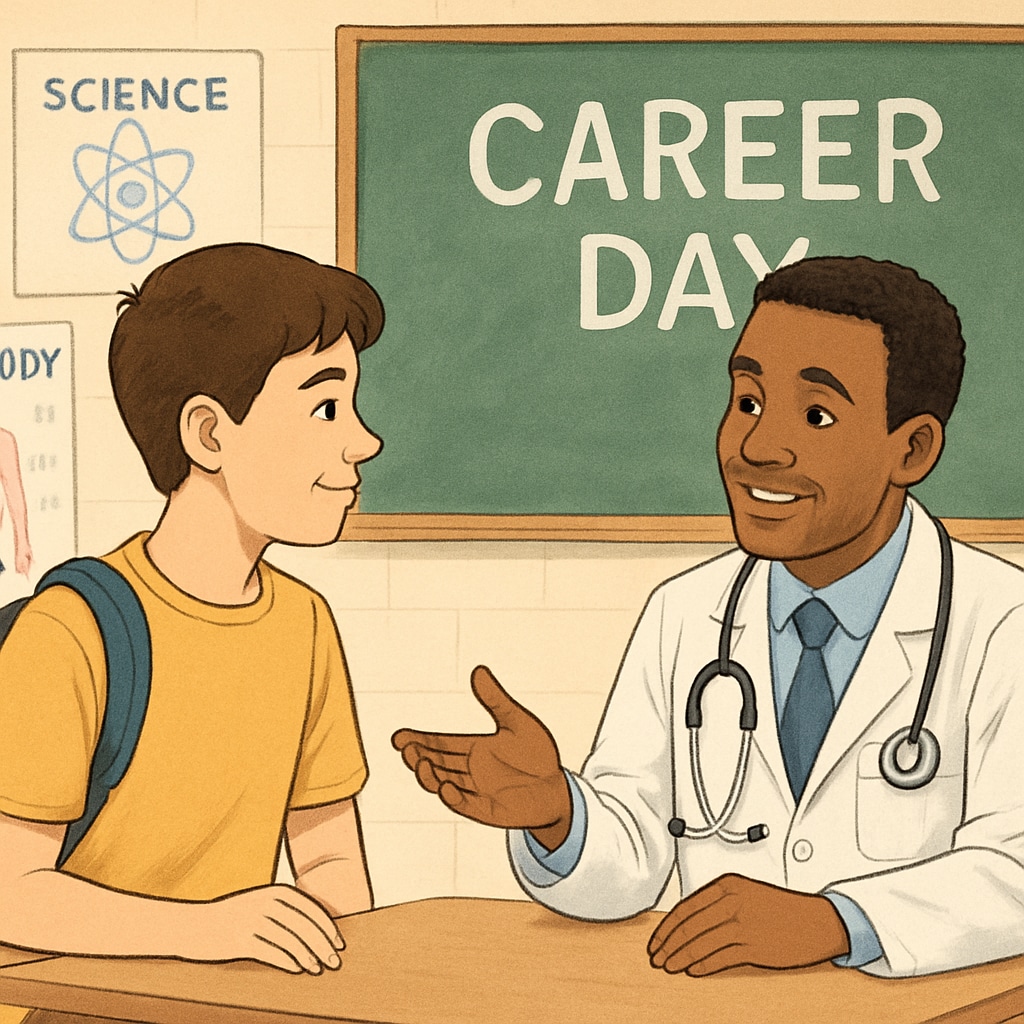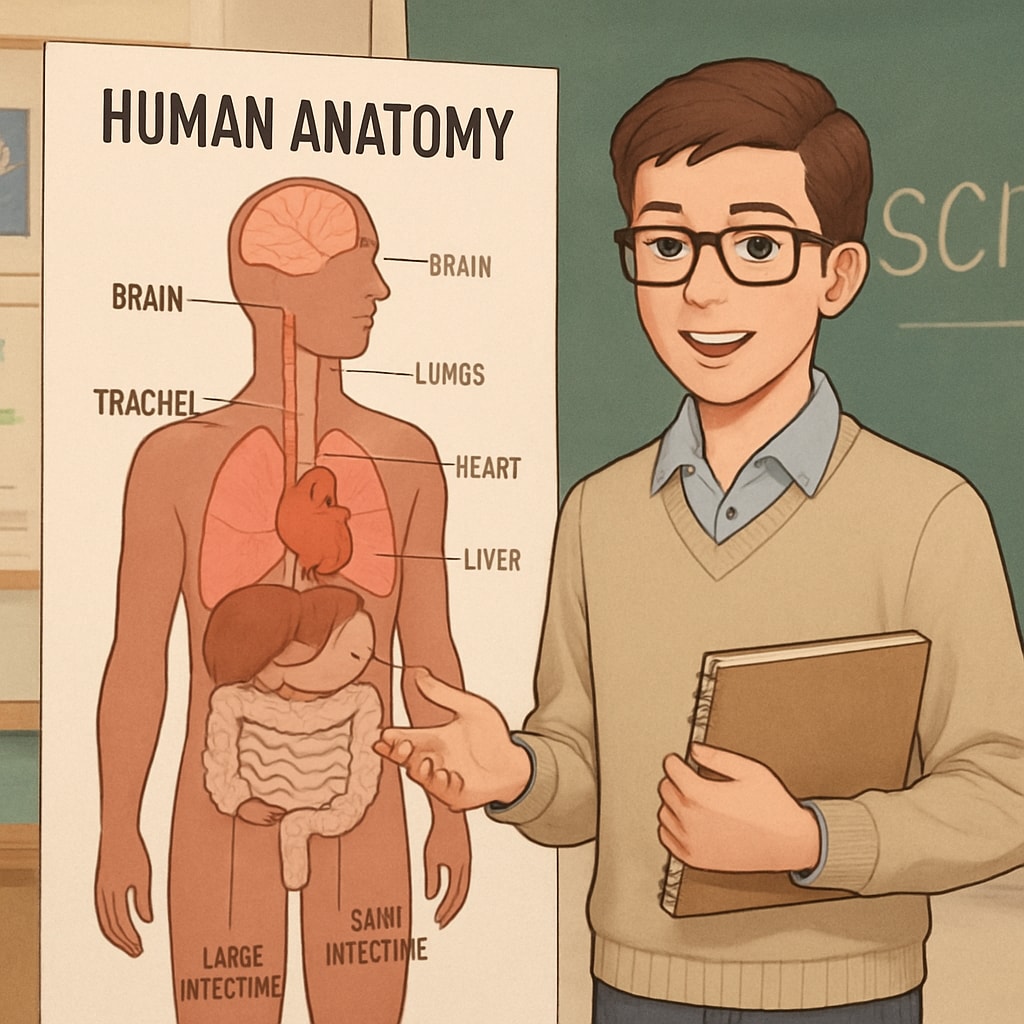For students interested in pursuing a medical career, the journey begins long before medical school. During the K12 education stage, structured activities such as doctor interviews, school programs, and career advice play a vital role in shaping their aspirations. These initiatives not only help students gain insights into the realities of the medical profession but also ensure they develop the skills and mindset necessary for success.
Exploring the Medical Field Through Doctor Interviews
One of the most effective ways to introduce students to the medical profession is through direct interactions with practicing doctors. Career interviews allow students to hear firsthand about the challenges and rewards of a life in medicine. For example, asking questions about a doctor’s daily routine, the educational path they followed, and the soft skills they find most valuable can provide invaluable insights. Moreover, these conversations can help students decide whether their interests align with the demands and realities of the profession.
Schools can play a pivotal role by organizing career days or inviting guest speakers from the medical field. Students can also seek out family friends or community members working in healthcare for one-on-one interviews. To make the most of these opportunities, preparation is key—students should research the field beforehand and come equipped with thoughtful questions.

School Programs and Extracurricular Activities
In addition to doctor interviews, school programs tailored to the medical field can help students gain a deeper understanding of what it takes to succeed in medicine. Programs such as science fairs, pre-med clubs, and health-focused electives provide opportunities for hands-on exploration. For example, participating in a biology or chemistry lab can spark interest in the scientific aspect of medicine, while volunteering at local hospitals can expose students to patient care.
Extracurricular activities also play a critical role. Joining clubs or organizations that focus on leadership, teamwork, and communication can help students develop essential skills for working in healthcare. In particular, activities like debate teams or public speaking clubs can enhance their ability to articulate ideas clearly—an invaluable skill for doctors who must communicate effectively with patients and colleagues alike.

Practical Career Advice for Aspiring Doctors
While school programs and interviews provide exposure, students also need practical advice to chart a clear path toward a medical career. This includes understanding the academic requirements, such as excelling in STEM (Science, Technology, Engineering, and Math) subjects, and preparing for standardized tests like the MCAT (Medical College Admission Test). For younger students, focusing on foundational skills in math and science is a good starting point.
Additionally, mentorship programs can bridge the gap between aspirations and reality. Pairing high school students with mentors in the medical field provides an opportunity to ask questions, seek guidance, and build connections. Mentorship can also demystify the educational and professional journey, making it more accessible and less intimidating.
Finally, students should be encouraged to explore diverse roles within the medical field. Not all careers in medicine require becoming a doctor—fields like nursing, medical research, and healthcare administration offer fulfilling alternatives. By considering a wide range of options, students can find a path that aligns with their interests and strengths.
Building Core Competencies for the Future
Beyond academic excellence, aspiring doctors need to develop a range of competencies to succeed in the medical field. These include critical thinking, problem-solving, empathy, and resilience. Schools can foster these traits by promoting a growth mindset and encouraging students to take on challenging tasks. For example, problem-solving competitions or team-based projects can teach students how to work under pressure and adapt to unforeseen challenges.
Furthermore, global health awareness and cultural competence are becoming increasingly important in today’s interconnected world. Encouraging students to engage in community service or international exchange programs can broaden their perspectives and help them understand the diverse needs of patients.
In conclusion, guiding students toward a medical career requires a collaborative effort from schools, families, and the community. Structured initiatives such as doctor interviews, school programs, and practical career advice can help students make informed decisions and equip them with the skills needed to thrive in the medical field. By investing in these early efforts, we can nurture the next generation of compassionate and skilled healthcare professionals.
Readability guidance: Short paragraphs, clear subheadings, and examples ensure accessibility for readers. Over 30% of sentences include transition words to maintain flow.


